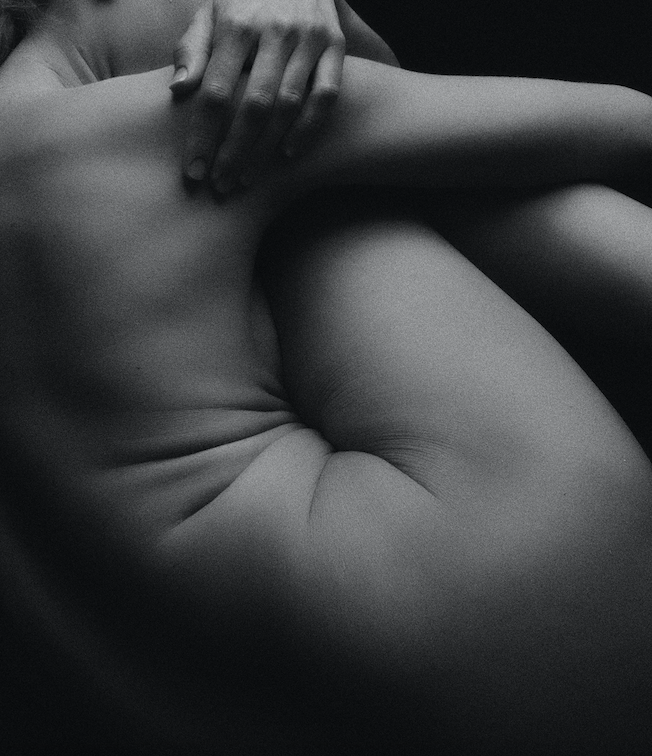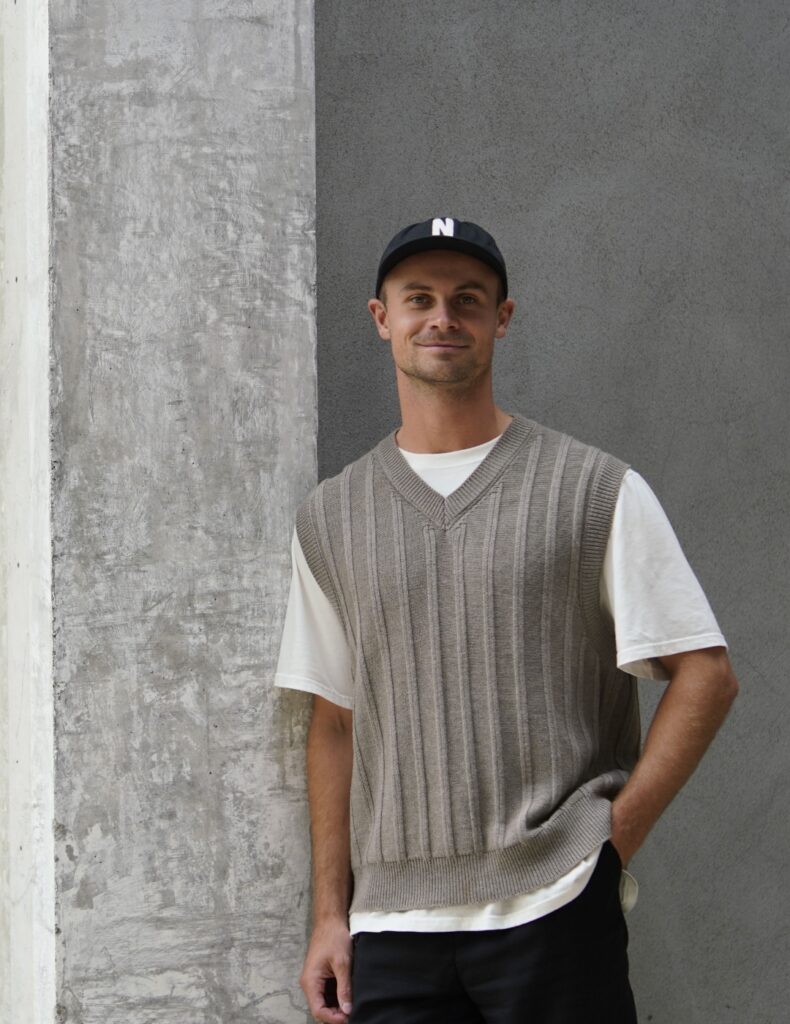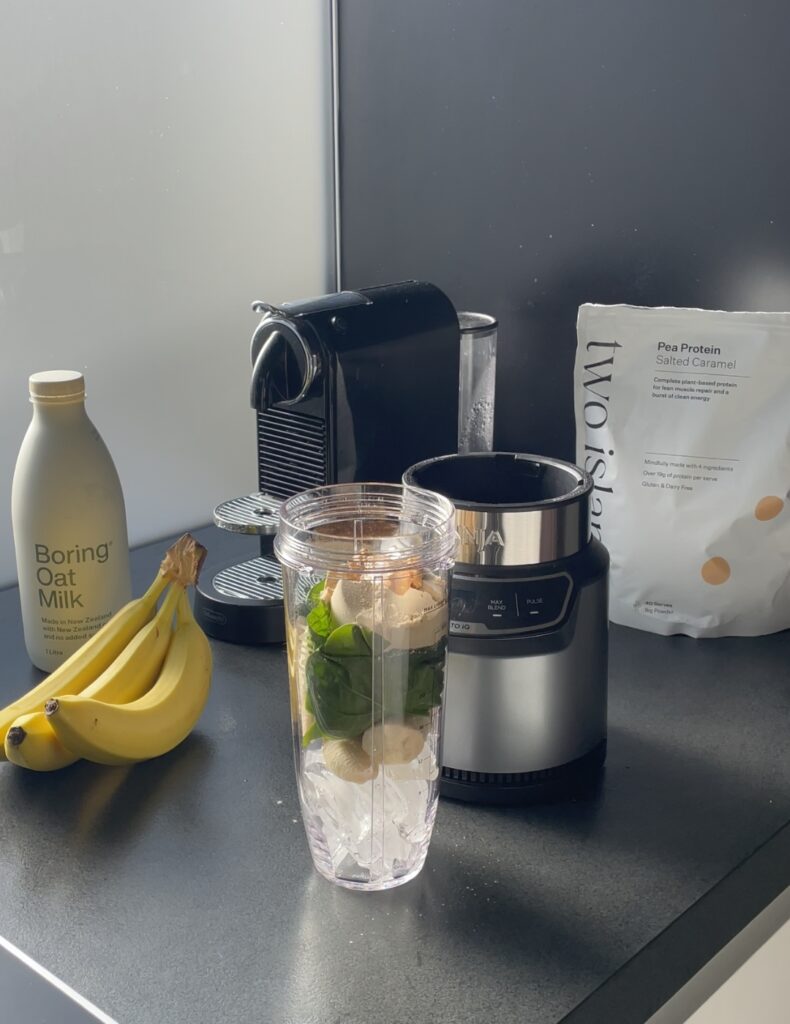Living with endometriosis – the devastating chronic health condition that affects thousands of Kiwis
27 September 2022
By Fashion Quarterly
It’s a lifelong inflammatory condition that takes an immense toll on physical and mental wellbeing, yet many of those with endometriosis continue to suffer in silence. Nicole Saunders investigates Aotearoa’s devastating endometriosis epidemic.

With an estimated one in 10 women, girls, and those assigned female at birth suffering from endometriosis, the chronic health condition significantly affects New Zealanders’ physical and mental wellbeing. Despite endometriosis affecting 10 per cent of those assigned female at birth, it’s an invisible disease — with many suffering in silence from debilitating pain for years, or even decades, before receiving a diagnosis.
Tash Crosby, the founder of Talk Peach Gynaecological Cancer Foundation, recalls the pain she experienced throughout her teenage years and adulthood: “I constantly had back pain, fatigue, pelvic and abdominal pain that left me curled up in bed, unable to move.” But as many young women do, Crosby brushed off her period pain as ‘normal’.
Edie Carrie, who recently underwent surgery to remove stage-four endometriosis from her ovaries, bowel, the lining of her abdomen, and pouch of Douglas, recounts pain so severe that it started affecting her relationships and her overall quality of life. “I just started retreating,” says Carrie. “My intimate life suffered too. Sex became quite painful. It was very difficult trying to navigate that with a partner; it wasn’t easy.” Yet Carrie continued to go about her day-to-day, putting up with the pain, calling in sick to work, and cancelling social plans when it got too hard to cope. “For the longest time, I thought I was overacting and crazy,” Carrie says.
It’s a common thread and one that doctor Michael Wynn-Williams, an Auckland—based gynaecologist and advanced laparoscopic surgeon, hears frequently. “There’s a huge genetic component to endometriosis,” explains Wynn-Williams. And for many suffering from the condition, this idea of ‘normal’ period pain has been passed down through generations. “It’s what they see as normal within their family. They see their sisters, mothers, and grandmothers experiencing severe period pain and think it’s normal.”
But what is ‘normal’? And when should you seek help if you think the pain or symptoms you are experiencing are not within the realms of normal? Wynn-Williams says that it’s not uncommon, for those who menstruate, to experience some mild period pain from time to time, but what is considered ‘normal’ period pain can be relieved by over-the-counter pain relief. “When the pain is affecting what you normally do; for example, if you’re young and can’t do sport when you have your period, or you’re taking time off work or school. When the pain impacts your enjoyment of life, and simple interventions aren’t working, seek help.”

A silent condition
Knowing where to start or who to turn to for help can be overwhelming for many. In this day and age, the plethora of information available with a click of a mouse can be mind-boggling, to the point that simply understanding what endometriosis is can be difficult. “Endometriosis is an inflammatory condition where cells like those from the lining of the womb end up outside the uterus,” explains Wynn-Williams. According to Tanya Cooke, chief executive of Endometriosis New Zealand (ENZ), endometriosis is generally considered to affect people in their reproductive years. “For some, it can be as early as their first menstrual period, whereas for others it could begin to occur much later in life and the effects sometimes continue beyond menopause,” she explains. Symptoms can include pain with periods, pain during or after sexual intercourse, heavy bleeding, chronic pelvic pain, bowel problems, fatigue, and fertility problems, and it can have an impact on general physical, mental, and social wellbeing. “Some people won’t experience any pain or symptoms. About a third of patients with endometriosis may experience difficulty or delay in getting pregnant,” Cooke says.
As for how many Kiwis endometriosis affects, according to ENZ, there are over 120,000 people living with endometriosis in Aotearoa. “It affects one in 10 of those identified as female at birth,” says Wynn-Williams. Though, he says, recent research has found that the number in Australia is more like one in nine.
However, in Aotearoa, Wynn-Williams says endometriosis research is sparse, particularly concerning Māori and Pasifika communities. “There are significant access issues and differences in ages that these patients are presenting. I see lots of younger, white women getting treated, and I see older women who are Māori and Pasifika who have struggled their entire life and have tried to get access to treatment without success,” he says.
Wynn-Williams says it’s not an issue that’s easy to unpack. Cultural differences — the taboo of menstruation, access to primary and secondary care, and distrust in the healthcare system — play a role. “But we don’t know; this is all anecdotal. We need more research and more money spent looking at these communities,” he says.
The gender pain gap
It’s not exactly breaking news that there are massive equity issues concerning medical research on women’s health. Although many sufferers still contend with outdated notions of chronic pelvic pain, Wynn-Williams remains positive that change is afoot. The All-Party Parliamentary Group on Endometriosis in the UK was launched in 2018, and its goals are ambitious. According to a recent New Zealand study, the delay in diagnosis averages almost nine years. It’s a similarly heartbreaking statistic around the globe. Still, impressively, the UK parliamentary group has made a commitment to reducing the delay from eight years to four by 2025 and then to one year by 2030.
Closer to home and across the ditch, the Australian Government has started to shine a light on endometriosis. In recent years, there’s been a public apology to people living with endometriosis from the government; a national action plan to improve the treatment of endometriosis; and, more recently, an A$58 million (approximately NZ$65 million) commitment to support those suffering from the condition.
Wynn-Williams believes that, here in Aotearoa, dismantling individual DHBs and introducing Te Whatu Ora — Health New Zealand will improve access to care for many. “In New Zealand, we need a national action plan,” he says. Currently, he explains, each DHB has a different referral process. “It needs to be consistent throughout the country. GPs need consistent referral pathways.”

The pain-anxiety cycle
We still don’t understand much about endometriosis, particularly when it comes to the pain. Another puzzle affecting people living with endometriosis is that pain is not always related to your menstrual cycle or the severity of the disease. “There is poor correlation between the severity of the disease and the symptoms,” explains Wynn-Williams. “We understand that the disease has a genetic component; it has something to do with your immune system and potentially has something to do with stem cells. There are a whole lot of factors that cause endometriosis, but ultimately we don’t know. If we knew we would be able to fix it.”
Then there are the complexities of how our bodies deal with pain, which Wynn-Williams says are still a big mystery. “Any pain experienced is not as simple as ‘I prick my finger; I feel pain’. It’s related to many other things — what my mood is like, how much stress I’m under, how happy I am; all these other experiences in my life reflect on my pain experience.”
Wynn-Williams says that it’s common for those suffering from chronic pain to doubt their experience. “It’s very much an evolutionary thing to how your body deals with pain. Your body wants you to forget the pain.” And for those with endometriosis, because it can be hard to remember their last period: “They start thinking: was it that bad? Was it all just in my head?”
Ironically, the longer you experience pain, the more likely your central nervous system will rewire itself. “Some people, when they experience pain repeatedly, experience changes in their central nervous system. And you get physical changes you can see on an MRI,” explains Wynn-Williams. While this doesn’t happen to everyone suffering from endometriosis, central sensitisation can occur. “Central sensitisation occurs in the area of the brain near where anxiety and depression occur. The neurochemicals are very similar and start feeding off each other, making your anxiety worse, your depression worse, and your central sensitisation worse. It’s a spiral,” he explains. “If you can’t reach your full capacity, whether it’s fertility, finance, education or career because you have this pain, imagine how that will affect your mental health.”
Wynn-Williams is not wrong: while the pain can be crippling, the impact endometriosis has on the mental wellbeing of those living with it is devastating. “People contact ENZ every day, desperate for help with nowhere else to turn,” says Cooke. She references a recent study, An Aotearoa New Zealand Survey of the Impact and Diagnostic Delay for Endometriosis and Chronic Pelvic Pain, which details the immense toll that the condition takes on people’s livelihood. Eighty-one per cent of respondents avoided sex because of chronic pelvic pain, and 73 per cent of respondents were afraid to tell their employer about their pelvic pain because they feared it might affect their prospects.
The future of endometriosis in New Zealand
It’s a complex condition that desperately needs more government funding, research, and attention, but, unfortunately, there is no quick fix for its sufferers. While laparoscopic surgery can help, it’s not a silver bullet. Because of this, Wynn-Williams is a proponent of an interdisciplinary approach to managing endometriosis: “We need to build endo clinics in New Zealand that involve a gynaecologist, endometriosis nurse, pain psychologist, pelvic physiotherapists, pain specialists, and even psychiatrists in some cases. We need specialist units to help these people with multi-organ difficulties.” Wynn-Williams says that the seedlings for such clinics in Auckland have been planted.
Meanwhile, many suffering from endometriosis and chronic pelvic pain will continue to advocate for themselves. “I wish I could tell my younger self to advocate more. Not even just to my GP, but to my friends, to my family. That way maybe I would have got a diagnosis earlier,” says Carrie. Yet, as Crosby reminds us, campaigning for your health is a privilege: “It’s not afforded to everyone. This is why it’s important we are having these conversations. If people can recognise things within themselves through someone else sharing their story, that empowerment helps them feel more confident seeking medical advice.”
t too hard to cope. “For the longest time, I thought I was overacting and crazy,” Carrie says.
It’s a common thread and one that doctor Michael Wynn-Williams, an Auckland—based gynaecologist and advanced laparoscopic surgeon, hears frequently. “There’s a huge genetic component to endometriosis,” explains Wynn-Williams. And for many suffering from the condition, this idea of ‘normal’ period pain has been passed down through generations. “It’s what they see as normal within their family. They see their sisters, mothers, and grandmothers experiencing severe period pain and think it’s normal.”
But what is ‘normal’? And when should you seek help if you think the pain or symptoms you are experiencing are not within the realms of normal? Wynn-Williams says that it’s not uncommon, for those who menstruate, to experience some mild period pain from time to time, but what is considered ‘normal’ period pain can be relieved by over-the-counter pain relief. “When the pain is affecting what you normally do; for example, if you’re young and can’t do sport when you have your period, or you’re taking time off work or school. When the pain impacts your enjoyment of life, and simple interventions aren’t working, seek help.”
Where to find out more
Cooke suggests visiting credible websites and social media platforms, such as ENZ’s website, nzendo.org.nz. “Individuals living with endometriosis and their friends, whānau, colleagues, and partners across the country can browse categories looking for the information and contact ENZ for more specific information via submission forms. The website is a vital source of information for individuals when they are struggling to navigate their endo journey.”
ENZ also provides ‘Endo Helps’: free 30-minute support appointments made available to anyone wanting more information on endometriosis in New Zealand.
To learn more or donate to ENZ, visit nzendo.org.nz.









